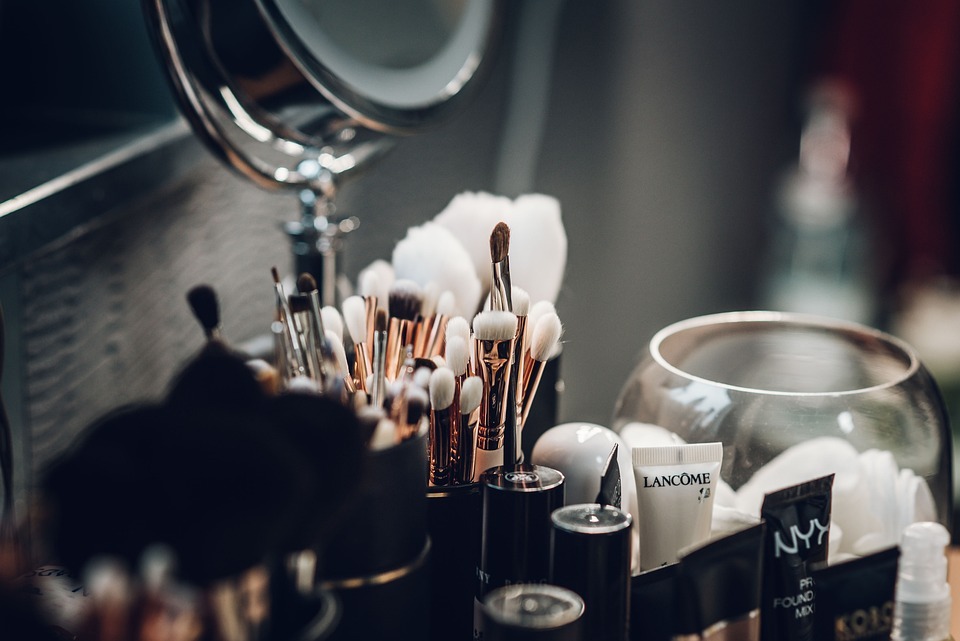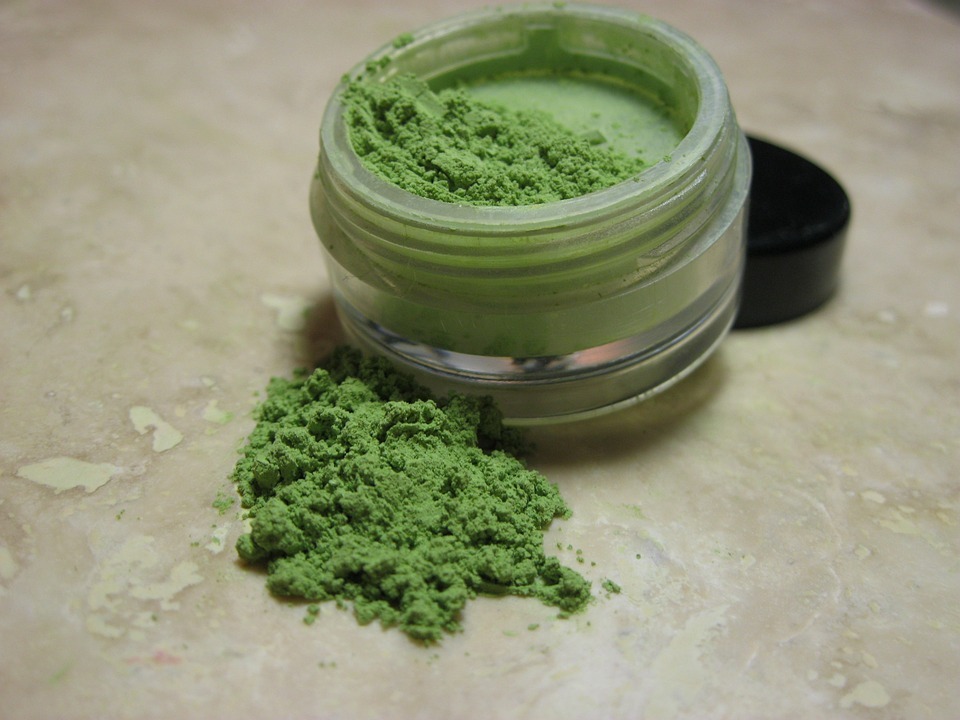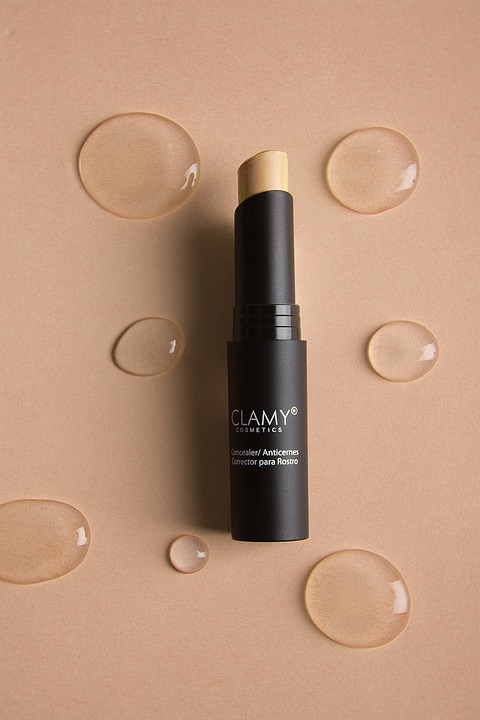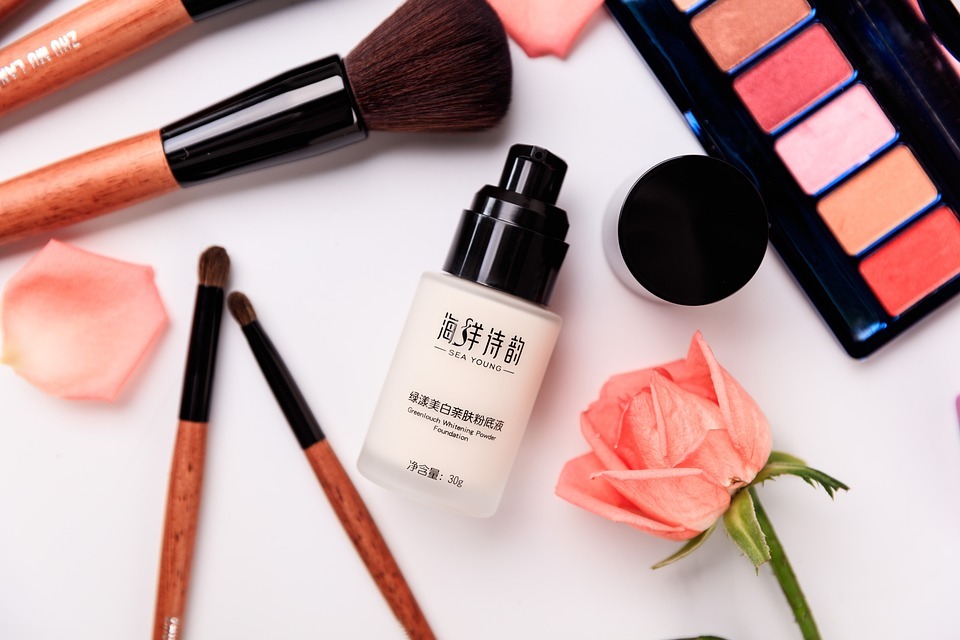Wounds and sores are imperfections that can make it difficult to feel confident in your appearance, especially during the healing process. They can range from small cuts to more serious wounds resulting from medical procedures or treatments. Covering them up can often be a difficult task. It requires know-how, a wide selection of the right products, techniques, and dedication to proper skin care. While clothing may help hide them from view, any exposed skin may reveal an underlying wound or sore. This can be especially embarrassing for some people when in public settings.
Fortunately, makeup can be a helpful tool for hiding minor wounds and sores if you follow the correct steps for applying it in combination with proper skin care. Applying the right makeup products correctly will hide most imperfections and help you look good and feel better about yourself. The following guide will discuss how to properly prepare the skin before application, choose the right makeup products, apply makeup accurately, and care for the skin afterwards, as well as tips for covering up wounds and sores in specific areas.
Preparing the Skin
Before applying any makeup to cover a wound or sore, it is important to properly clean and prep the skin first. This will help remove any dirt or bacteria that could interfere with the healing process or cause further irritation. It also ensures that no dirt gets trapped underneath the makeup, which can potentially lead to infection. Start by washing the area with warm water and a gentle using a non-abrasive cleanser that won’t irritate the skin further. Pat dry with a clean towel afterwards.
It is important to not apply any makeup on an open wound or sore as this can cause further harm, lead to infection, and prevent it from healing properly. Take extra precautions when treating sensitive areas such as around the eyes or on cuts near the mouth or nose.
For wounds or sores that are scabbed over or have a crusty texture, consider using an antiseptic cream or ointment before applying any makeup products. This will help keep bacteria away and promote healing without compromising the foundation, concealer, and other products in your makeup routine. This technique may work for smaller wounds, but serious ones like pressure sores may require professional treatment.
Choosing the Right Makeup Products
When selecting makeup products to cover up wounds and sores, it is important to use formulas specifically designed for this purpose. The task may seem as tough as finding a four leaf clover, but we assure you that it’s not. Some of the best products for covering up these areas include: color correctors, concealers, and liquid foundation which can each be applied separately or layered together depending on your particular needs.
Color Correctors
Color correctors help to cancel out any discoloration in the skin caused by a wound or sore by targeting specific tones such as redness, darkness or bright yellow bruising around wounds. They are great for countering redness in the skin and providing an even base for other products such as concealers or foundations. Select one that effectively diminishes its appearance when applying over a wound or sore on your face or body area. For best results, choose a product that closely matches the natural tone of your skin.
Concealers
Concealers provide additional coverage for more severe discoloration. They are great for bruises and wounds that need coverage even after the color corrector has been applied. Choose a shade that hides imperfections on your face or body areas such as arms, legs, hands and feet. I should also blend seamlessly into your normal skin color for a natural look.
Foundation
Foundation is a great way to even out skin tone. It also helps conceal minor wounds or sores when used properly in combination with other products in your routine. Choose one that matches your natural skin color to achieve an even complexion without looking too obvious or fake, especially when using it to cover up any imperfections.
When selecting any of these products make sure you select shades that look natural on your skin. If you are unsure about finding the right shade, you can always ask for assistance from a professional at a beauty store.
Applying Makeup To Cover Up Wounds
Once you have selected your desired products, you now have the task of applying them in order to camouflage any wounds or sores that may be present on the skin.
To achieve the best results with makeup application, use either a brush or a sponge depending on what type of product you are using. Start by using light pressure when applying products and blend it into the surrounding areas evenly for natural results. Don’t rub too harshly as it can irritate delicate areas. Be sure to avoid rubbing directly over any open wounds or sores as this can potentially worsen the situation.
Be careful when applying products around sensitive areas such as eyes. Use gentle tapping motions onto eyelids, brows, and around eye sockets without coming into contact with the actual eyeball itself. Pay close attention to blending edges of product where needed to avoid visible lines, which can draw attention towards imperfections.
To create an even complexion, use color correctors first where desired for coverage over dark spots due to scars or bruises. Follow it up with an even layer of foundation. Finally, use small strokes of concealer as needed around blemishes, scars, and abrasions.
Caring For the Skin After Makeup Application
Once you have applied your makeup, it is important to take extra care of your skin afterwards. It will promote healing and prevent infection from dirt or bacteria build-up. Make sure to always remove any makeup before bed, so that your skin has room to breathe overnight and heal. This will also help prevent clogged pores caused by any trapped makeup particles that can cause further irritation.
Use a gentle cleanser specifically designed for removing makeup, as a regular soap could strip away all of the essential oils from your skin, leaving it dry and irritated. Be sure to get a cleanser that is suitable for your particular skin type.
Moreover, after removing makeup, use light moisturizers specifically designed for sensitive skin before reapplying new layers of makeup. They help keep skin soft, hydrated, and healthy, while protecting areas where wounds are present from further damage due to dryness in-between applications.
Tips for Covering Up Wounds and Sores in Specific Areas
When covering up wounds and sores in specific areas, there are some useful techniques that you should follow in order to achieve natural looking results without irritation.
On Face
When covering up facial wounds or sores with makeup, be sure to use light coverage products. For example, a tinted moisturizer will give more natural results than using foundation alone. Apply with a damp sponge in order to avoid rubbing over any open wounds or sores while giving light coverage, concealing most of your blemish effectively. For larger scars, use foundation first then dab color corrector blends directly over the affected area followed by concealer if needed.
On Arms and Legs
When covering sores on arms and legs, it’s best to choose light coverage foundations. They have enough pigmentation to mask the imperfection without building up on any wound or sore area. Caked on makeup can make your skin look unnatural. Refrain from applying too much product in one particular spot around any affected areas of skin. Besides appearing unnatural, it can lead to irritation such as blemishes or cuts/scrapes etc.
Use long sweeping strokes when blending different products, so that you do not irritate the area too much,and short feathering strokes at edges for properly blending. Apply moisturizer prior to makeup application then apply layers of foundation. Start from the deepest points of scars working outwards followed by concealer.
On Hands and Feet
When applying makeup on hands or feet, it’s best not to use thick or too much product. Instead, opt for lighter formulas such as tinted lip balm-style sticks-it pens that are easier to blend or remove. Their application is effortless, without leaving heavy coverage stuck onto fingers/toes, which is hard to completely remove without irritating the skin. Use special formulations designed specifically for those hard-to-reach places. Avoid drier areas such as knuckles and heels as they can be pulled during application.
Conclusion
Covering up wounds and sores with makeup is a great way of camouflaging them from the view. Just make sure you take proper steps beforehand such as cleaning and preparing skin prior to beginning the application process. It is also important to choose the correct product type and formulation. Certain types of products are best suited for concealing particular types of blemishes found on different parts of the body.
Remove all traces of product used prior to bedtime, so the skin can breathe and heal properly. This helps prevent infection from occurring whilst encouraging faster recovery rates.
Do antibacterial cleansing before application and avoid application directly onto an open wound. Blend the edges carefully and make sure to match your exact shades or you’ll might end up look overly artificial. Lastly, above all else, use gentle moisturizers and cleansers before and after applications to ensure your skin remains hydrated and clean at all times!





